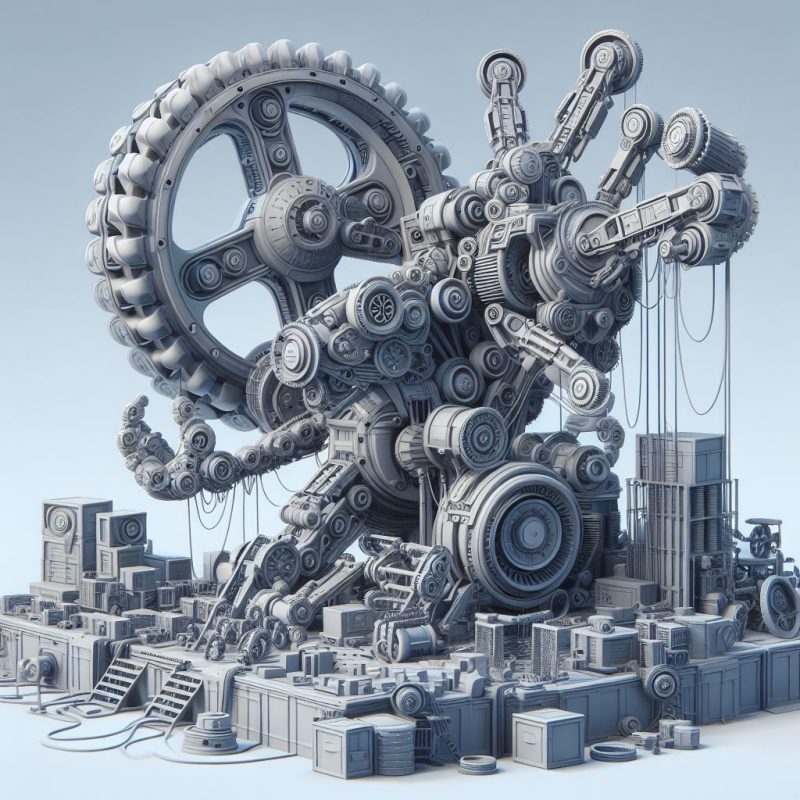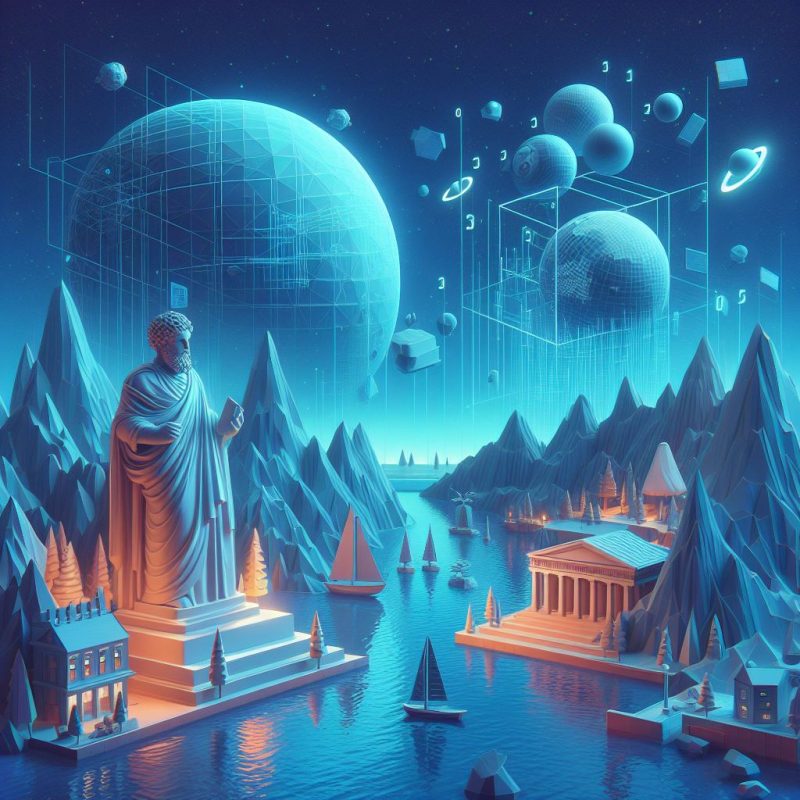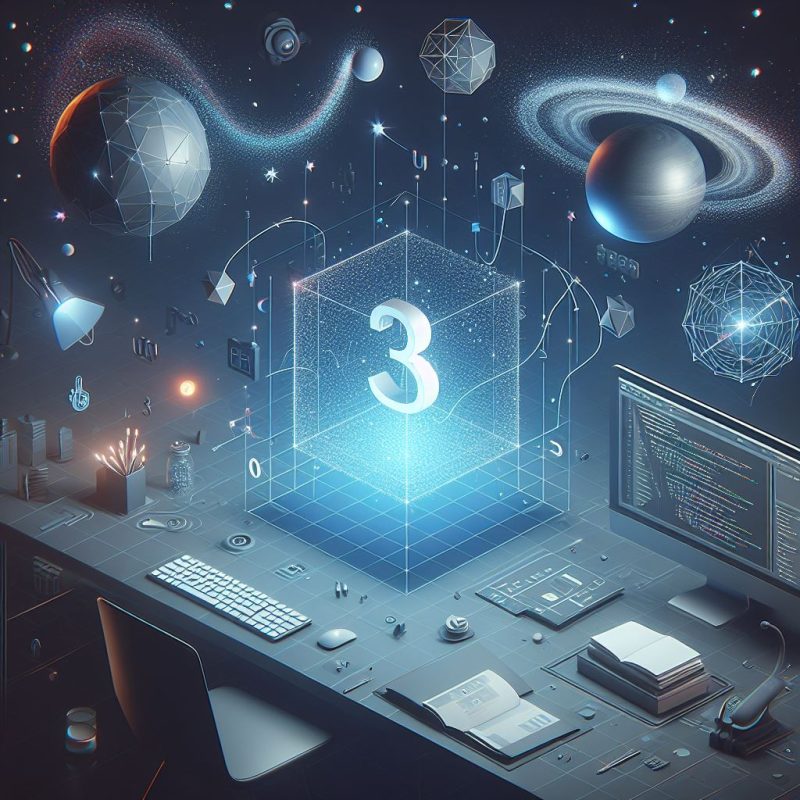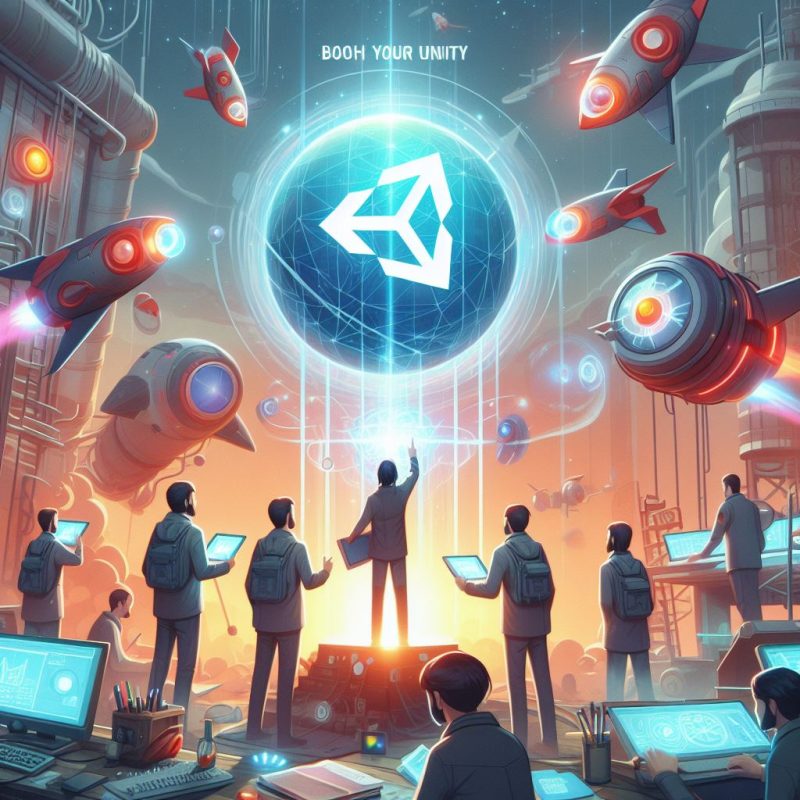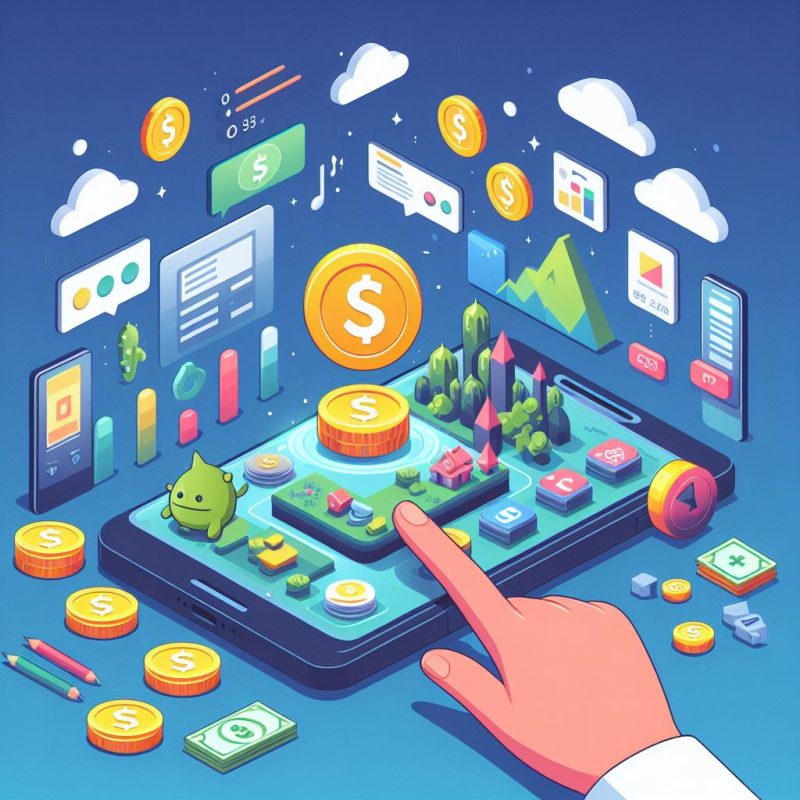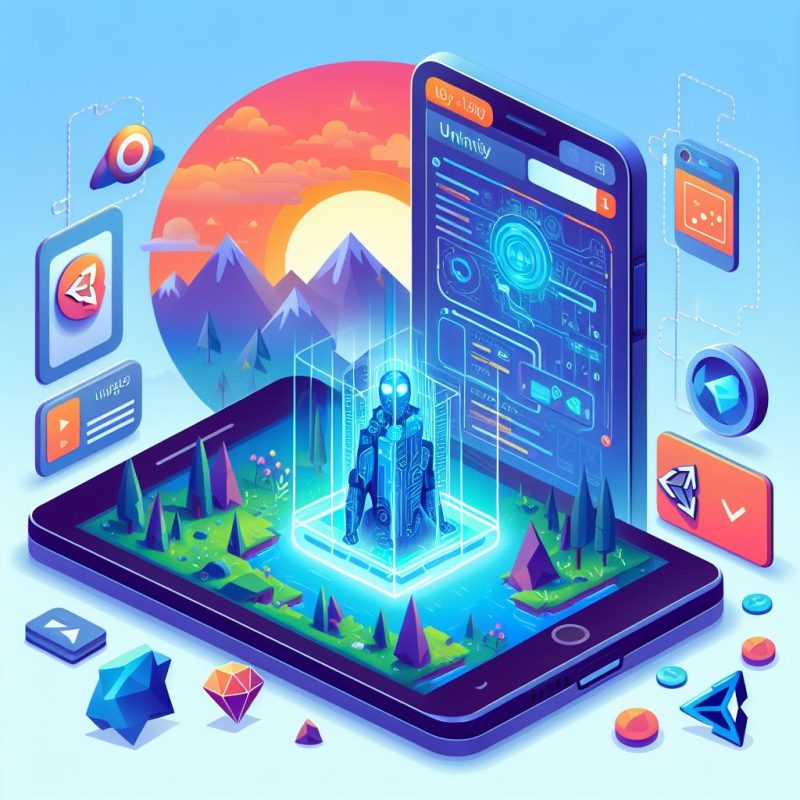Introduction: In the realm of digital design and visualization, three-dimensional (3D) models play a pivotal role, offering a dynamic and immersive means of representing objects and environments. From architectural renderings to character animations, 3D models have revolutionized numerous industries, fostering creativity and innovation. In this article, we delve into the multifaceted world of 3D models, exploring their applications, creation process, and impact on various sectors.
Applications of 3D Models: The versatility of 3D models spans across a wide array of fields, including architecture, gaming, film production, product design, and scientific research. Architects utilize 3D models to visualize building structures, analyze spatial relationships, and present concepts to clients with unparalleled clarity. In the gaming industry, 3D models serve as the building blocks of virtual worlds, bringing characters, environments, and special effects to life. Similarly, filmmakers employ 3D models to create stunning visual effects, realistic animations, and captivating cinematic experiences.
Creating 3D Models: The process of creating 3D models involves several stages, including modeling, texturing, rigging, animation, and rendering. Modelers use specialized software such as Blender, Autodesk Maya, and Cinema 4D to sculpt geometric shapes, manipulate vertices, and define surface textures. Texturing adds depth and realism to 3D models by applying images, materials, and shaders to their surfaces. Rigging involves creating a digital skeleton or armature that enables animators to pose and animate 3D characters and objects convincingly. Animation breathes life into 3D models, imbuing them with movement, personality, and emotion. Finally, rendering involves the process of generating final images or sequences from 3D scenes, applying lighting, shadows, and visual effects to enhance realism.
Impact on Industries: The widespread adoption of 3D models has transformed traditional workflows and revolutionized various industries. In product design and manufacturing, 3D modeling enables rapid prototyping, iterative design iterations, and precise engineering analysis. Medical professionals utilize 3D models for surgical planning, patient education, and the development of prosthetics and implants tailored to individual anatomy. Additionally, educational institutions incorporate 3D models into interactive learning experiences, allowing students to explore complex concepts and phenomena in virtual environments.
Future Trends and Innovations: As technology continues to advance, the future of 3D modeling holds immense potential for innovation and disruption. Emerging trends such as photogrammetry, virtual reality (VR), and real-time rendering are reshaping the landscape of 3D content creation and consumption. Photogrammetry, which involves capturing real-world objects and environments through photography and laser scanning, offers new avenues for creating highly detailed and accurate 3D models. VR technologies enable users to immerse themselves in virtual worlds, interact with 3D models, and experience simulations and training scenarios in unprecedented ways. Real-time rendering engines such as Unreal Engine and Unity empower artists and designers to create interactive experiences with cinematic-quality graphics in real-time.
Conclusion: In conclusion, 3D models represent a dynamic and transformative medium for visualizing ideas, conveying information, and engaging audiences across diverse industries and applications. From architectural visualizations to medical simulations, 3D models continue to push the boundaries of creativity, innovation, and storytelling. As technology evolves and new tools emerge, the possibilities for 3D modeling are limitless, opening doors to new forms of expression, exploration, and discovery in the digital age.







 Doing tasks
Doing tasks